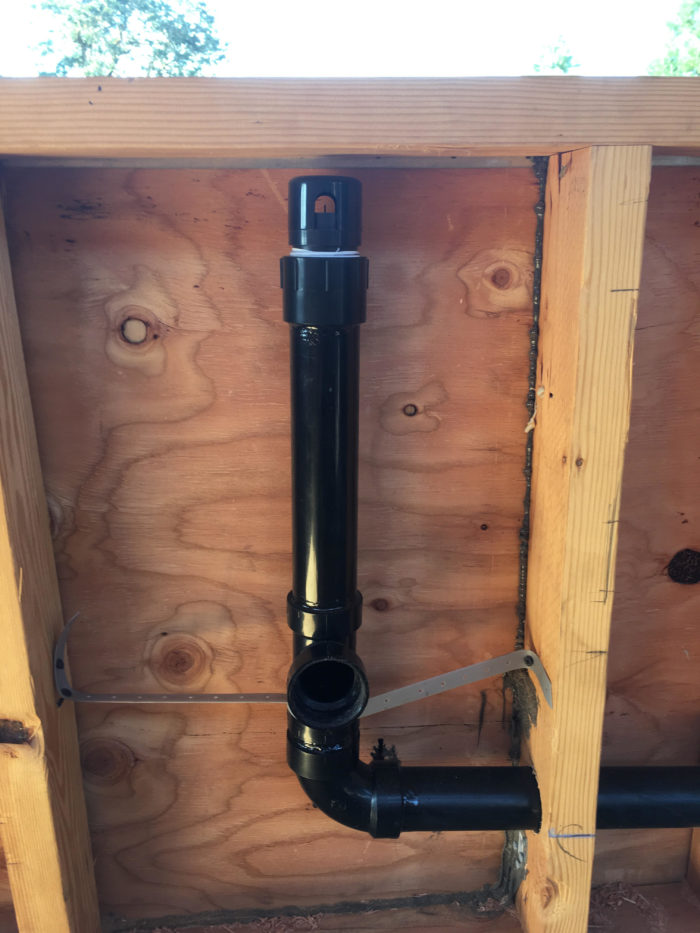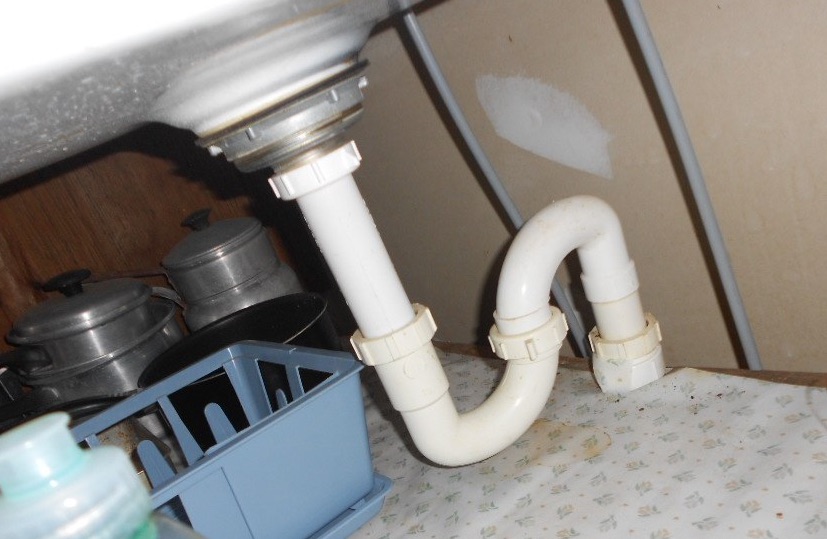Why Proper Ventilation Supports Your Plumbing System
Why Proper Ventilation Supports Your Plumbing System
Blog Article
This article below involving What Are Plumbing Vents and Why Are They Important? is relatively informative. Give it a go and draw your own ideas.

Appropriate air flow in pipes systems is usually ignored, yet it is essential for maintaining the functionality and safety and security of your home's pipes. Air flow aids control air pressure, avoid the build-up of harmful gases, and make certain the reliable removal of waste. In this guide, we will certainly check out the value of appropriate plumbing air flow, just how it functions, and the benefits it gives your plumbing system.
Exactly How Air Flow Functions in Pipes Equipments
Atmospheric Pressure Guideline
Appropriate ventilation preserves balanced air pressure within the pipes system. When water moves with pipes, it displaces air. Without appropriate ventilation, this variation can produce adverse stress, causing slow drains pipes or siphoning of water from traps, which can create unpleasant odors to leak into the home.
Preventing Drain Gas Build-up
One of the most crucial functions of pipes vents is to prevent sewer gases, such as methane and hydrogen sulfide, from building up within the home. These gases can position significant health risks and are very combustible. Vent pipelines enable these gases to leave safely outdoors.
Aiding in Waste Elimination
Ventilation aids in the reliable elimination of wastewater by preventing airlocks in the water drainage system. When air can stream freely via the vents, it enables water and waste to move smoothly with the pipelines, minimizing the threat of blockages and back-ups.
Benefits of Appropriate Air Flow
Enhanced System Effectiveness
Appropriately ventilated pipes systems run extra efficiently, with fewer obstructions, faster draining, and much less strain on the pipelines. This efficiency expands the life-span of the plumbing system.
Improved Air Top Quality
By preventing sewage system gases from entering your home, proper air flow adds to far better indoor air top quality, making your living environment healthier and much more comfortable.
Avoiding Water Damage
Sufficient ventilation assists stop water from being siphoned out of traps, which can result in sewer gases entering the home and triggering water damage over time.
Actions to Make Certain Correct Ventilation
Consulting Pipes Codes
Always speak with regional plumbing codes when developing or changing your plumbing system. These codes offer the needed guidelines for appropriate airing vent and guarantee your system meets safety and security criteria.
Routine Examination and Maintenance
Normal examinations can assist identify prospective ventilation problems before they become significant troubles. Maintenance tasks, such as cleansing air vent pipes and looking for blockages, are important for keeping the system in good working order.
Specialist Installment
For new installations or major modifications, it's important to work with an expert plumbing technician. They have the expertise to make certain the air flow system is properly created and installed according to code.
Comprehending Ventilation in Plumbing
Ventilation in pipes refers to the network of pipelines that allow air to stream through the drain system. These vents serve numerous objectives, including regulating air pressure within the pipelines, protecting against drain gases from going into the home, and aiding in the smooth circulation of wastewater.
Kinds Of Pipes Vents
Main Heap Vent
The main stack air vent, also referred to as the air vent stack, is the main vent in a pipes system. It expands from the main drain line up with the roofing system, permitting gases to escape and fresh air to enter the system.
Branch Vent
Branch vents attach to the main stack vent and serve individual components, such as sinks, commodes, and showers. These vents ensure that each component has adequate air flow to operate appropriately.
Air Admittance Valve (AAV).
An Air Admittance Shutoff (AAV) is a one-way shutoff that allows air to go into the pipes system without the demand for a conventional air vent pipe expanding through the roof covering. AAVs are generally used in improvements or locations where mounting a typical vent is not practical.
Indications of Poor Ventilation in Pipes.
Slow Draining Fixtures.
If your sinks, tubs, or commodes are draining gradually, it could be an indicator of bad air flow. Insufficient air circulation can create a vacuum cleaner effect, making it tough for water to drain pipes appropriately.
Gurgling Sounds.
Gurgling audios coming from drains are typically a result of air being sucked with water traps as a result of unfavorable stress in the pipes. This is a clear indicator of inadequate air flow.
Unpleasant Smells.
Sewage system smells inside your home are a red flag that your plumbing system is not appropriately ventilated. This could imply that sewer gases are not being sufficiently aired vent outside, bring about potentially unsafe conditions.
Typical Ventilation Errors.
Poor Vent Sizing.
Utilizing small air vent pipelines can cause poor air circulation and stress imbalances in the system. It's important to utilize vents that meet the particular requirements of your plumbing system.
Improper Vent Placement.
Placing vents also far from the components they serve can minimize their effectiveness. Correct positioning ensures that air can flow openly and efficiently via the system.
Disregarding Code Demands.
Building regulations give specific standards for plumbing air flow. Ignoring these codes can lead to a system that stops working to work correctly and may lead to pricey repair work or carcinogen.
Verdict.
Proper ventilation is a crucial component of any plumbing system, ensuring that it works successfully and safely. By comprehending the significance of ventilation, recognizing the signs of inadequate air flow, and taking steps to keep your system, you can protect against expensive issues and protect your home's air quality.
What is a Plumbing Vent and it's used for?All plumbing systems in residential and commercials construction have a plumbing vent. It doesn’t just vent unwanted odors from the drainage system to the outside; it actually serves an important purpose by supplying air to the system.
The plumbing drainage system is actually called a drainage, waste and vent (DWV) system. When water flows down the piping, an air supply (vent) is needed to allow the water to flow. Think of the vertical pipe as a drinking straw. If you plug the top end of a straw, liquid won’t drain from it.
The DWV system in your building consists of a series of pipes connected to each fixture; they extend above each fixture, and the system terminates at an open pipe that extends through the roof. This piping allows air into the system and prevents unbalanced pressures in the piping.
?The vent also prevents the system from drawing water out of a trap at the fixture with the characteristic “glug-glug-glug” as the drain gasps for air. Plumbing traps should drain smoothly and never “glug” or gasp for air.
If you have a drain that empties slowly or gurgles as it drains, this may indicate a venting problem. If you flush a toilet and the sink gurgles, there’s definitely a vent problem. It is good idea to have a Plumber check this.
https://www.ameliashomeinspection.com/blog/what-is-a-plumbing-vent-and-its-used-for

I was shown that report on Essential Plumbing Vent Pipes: Understanding Their Role from a good friend on a different domain. Sharing is good. Who knows, you might be doing someone a favor. Bless you for being here. Please pay a visit to our website back soon.
Course Detail Report this page